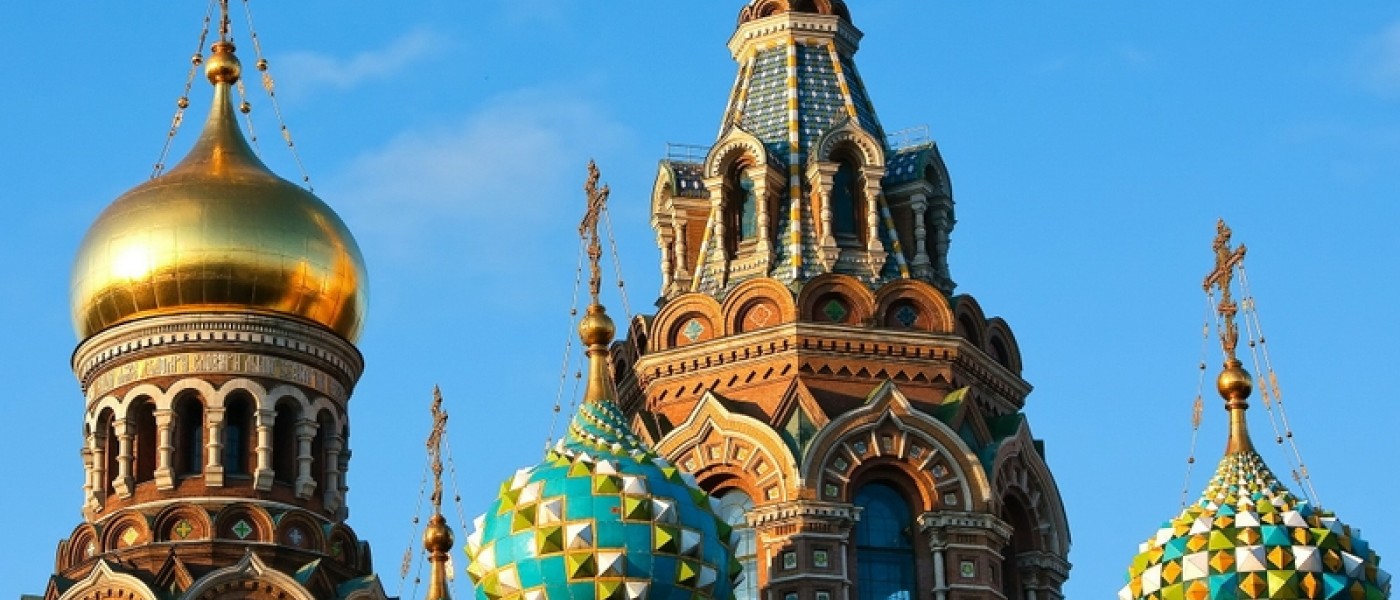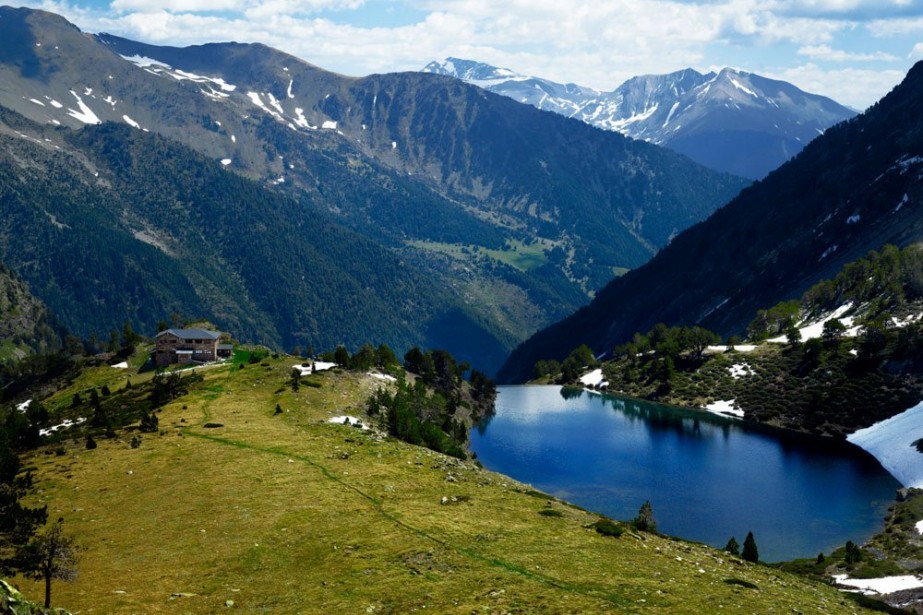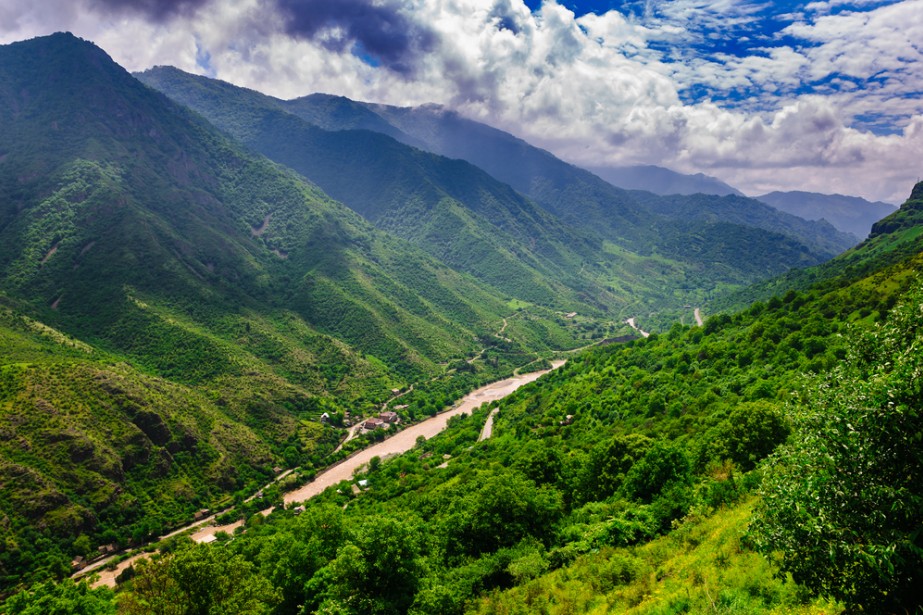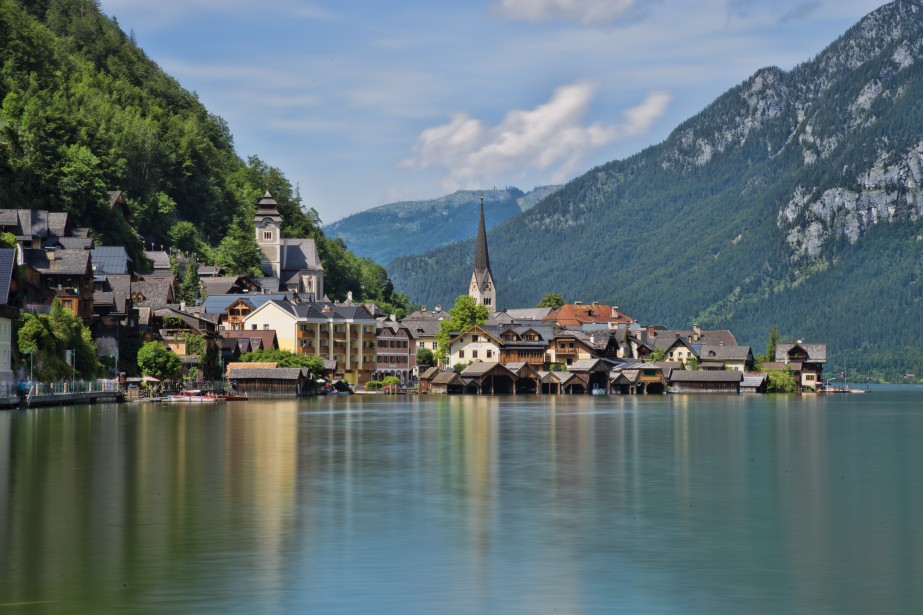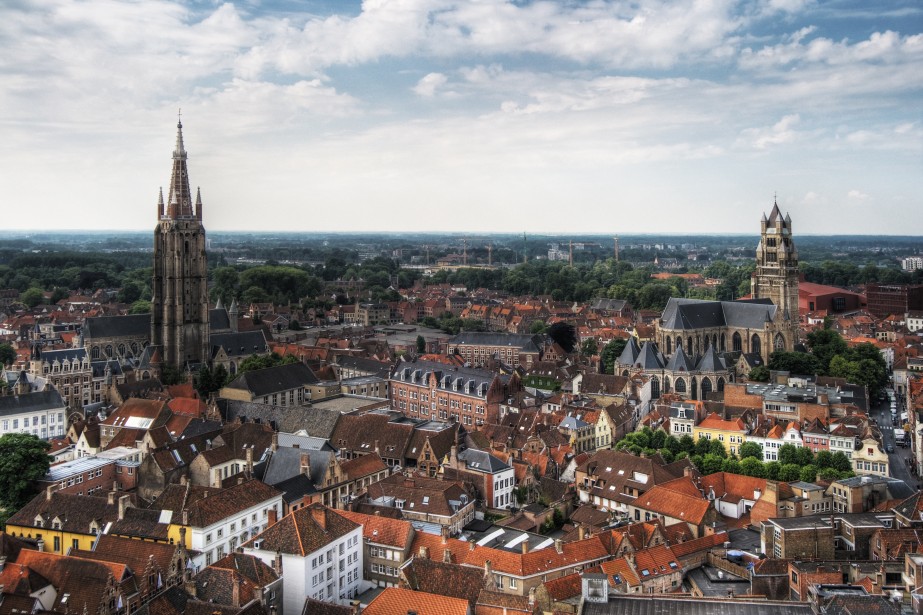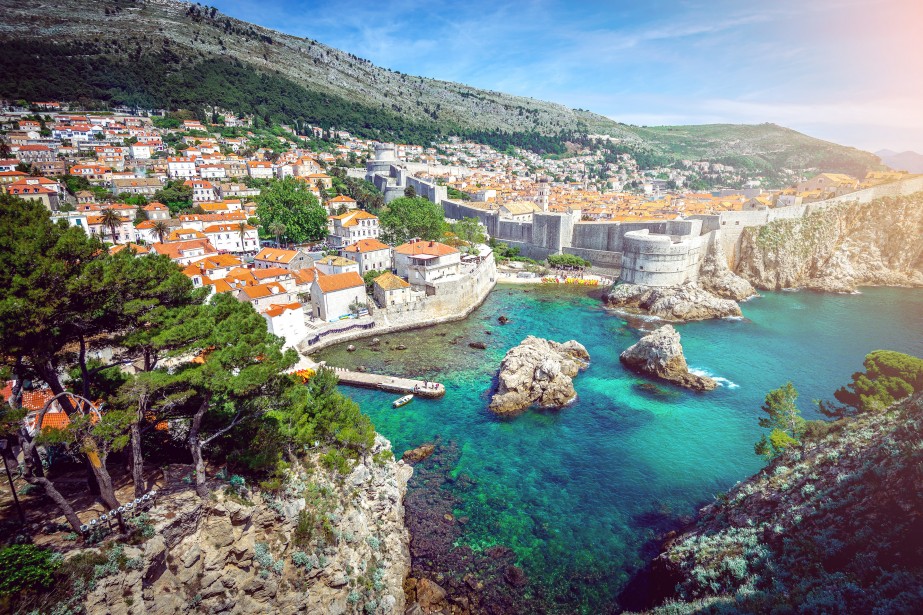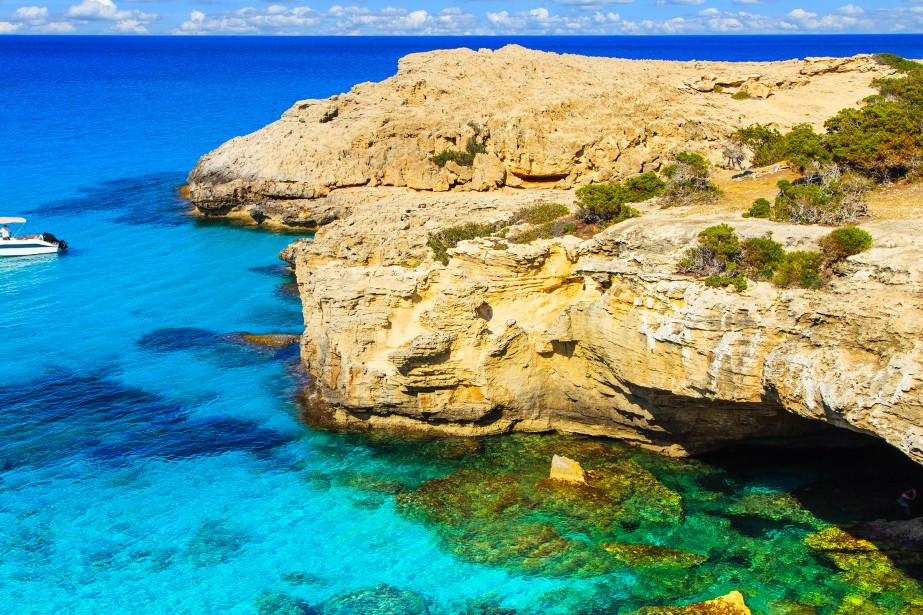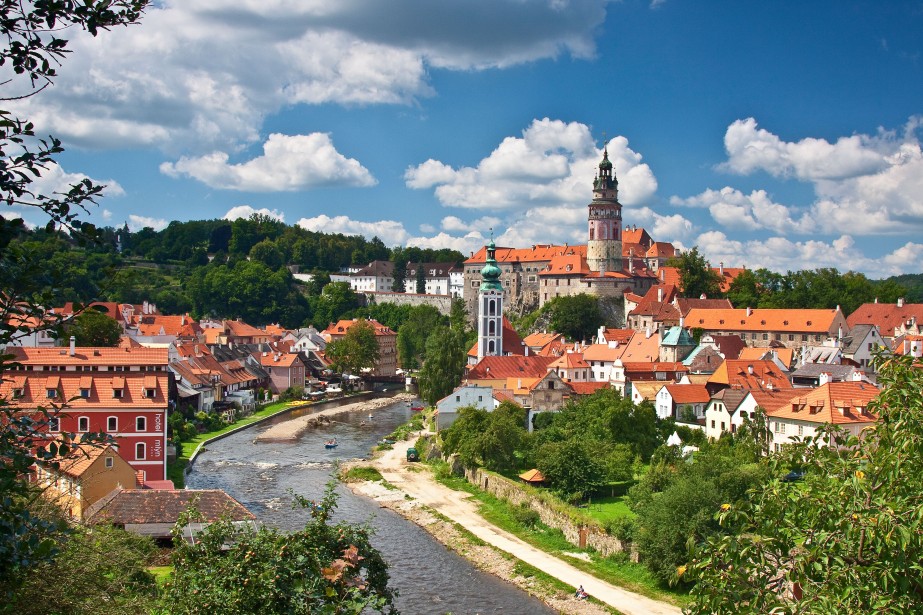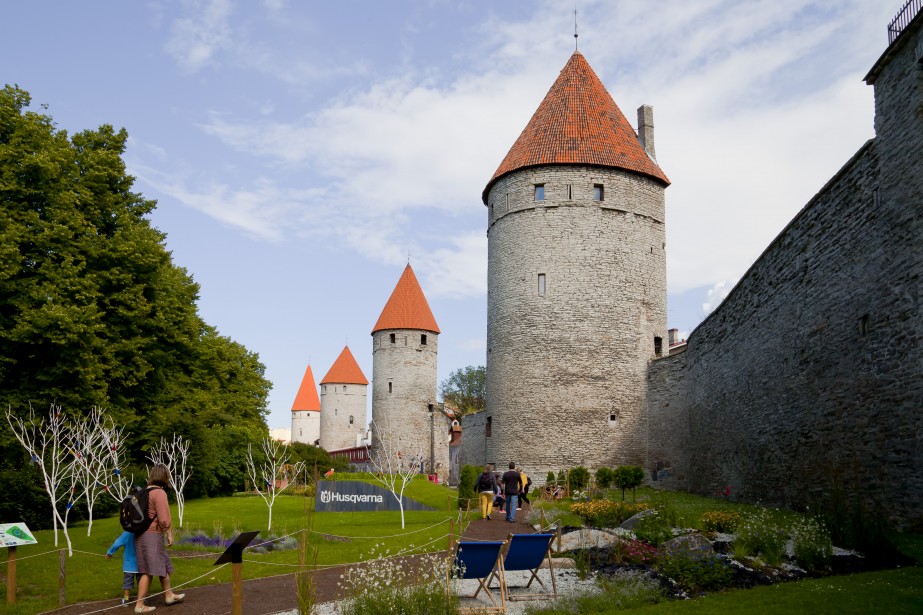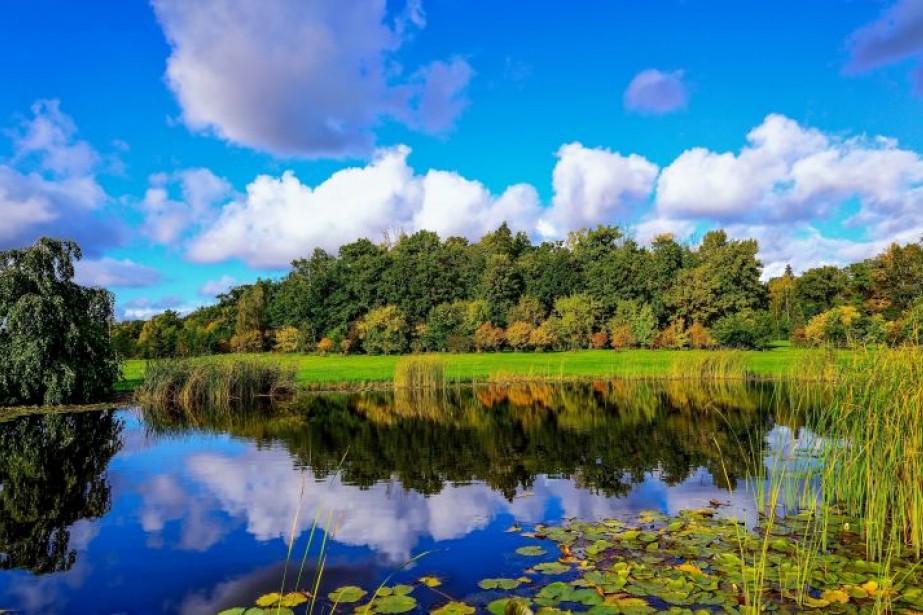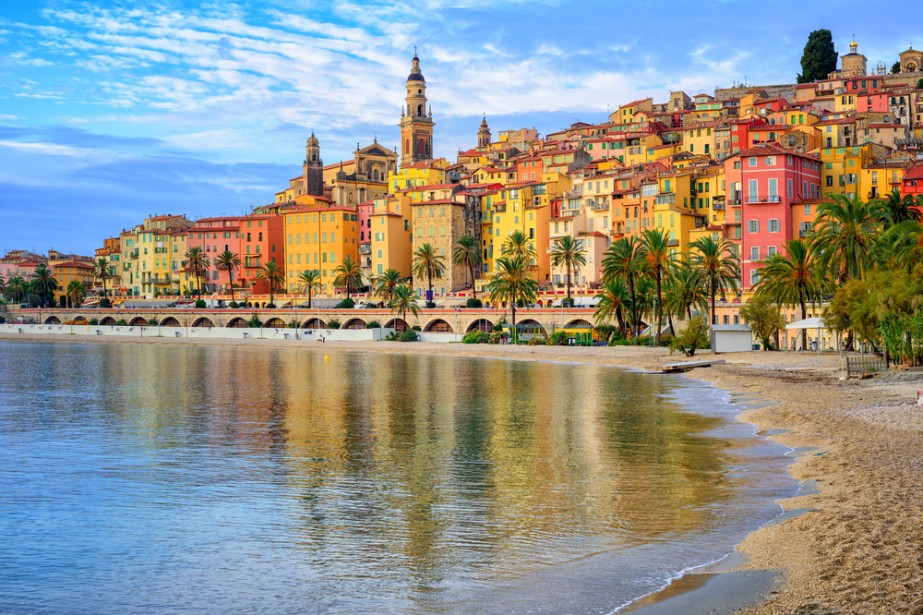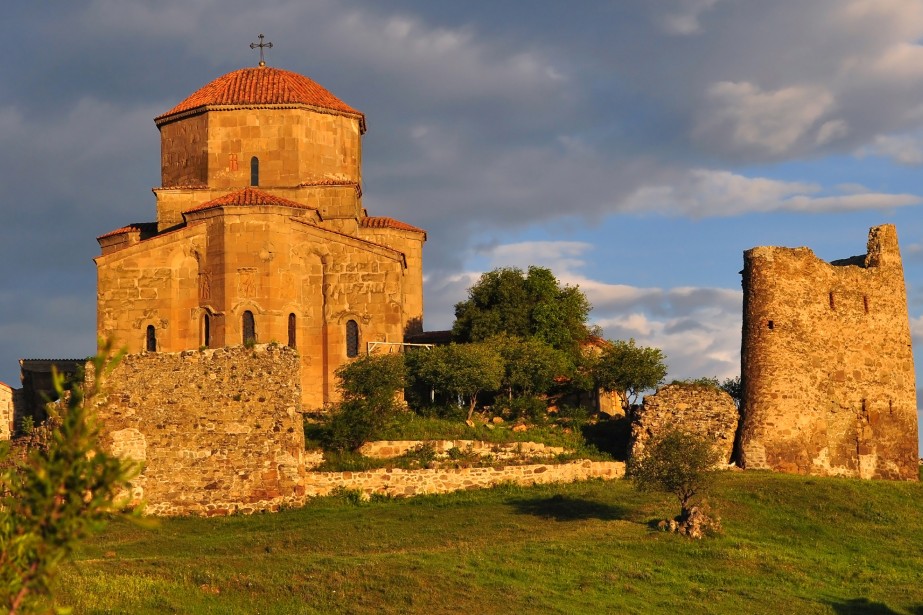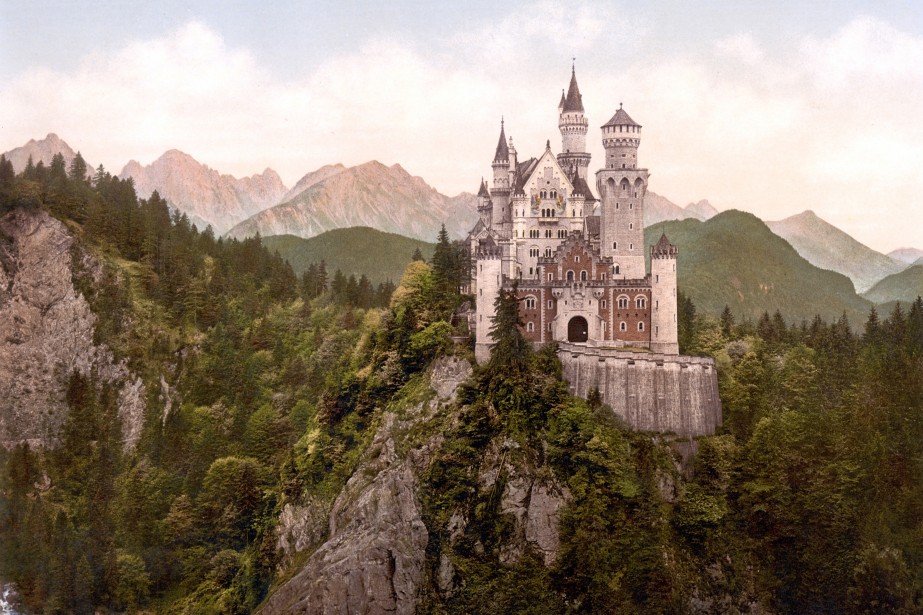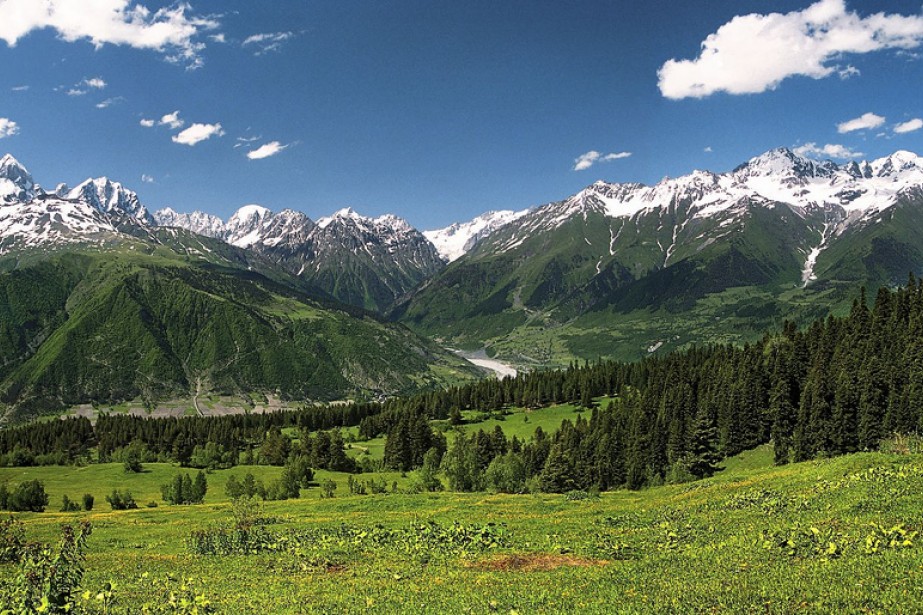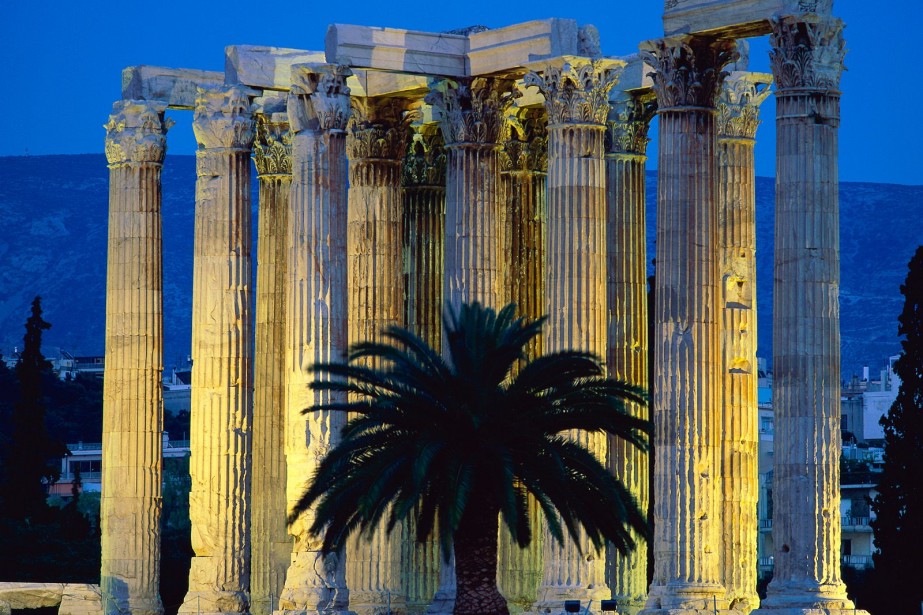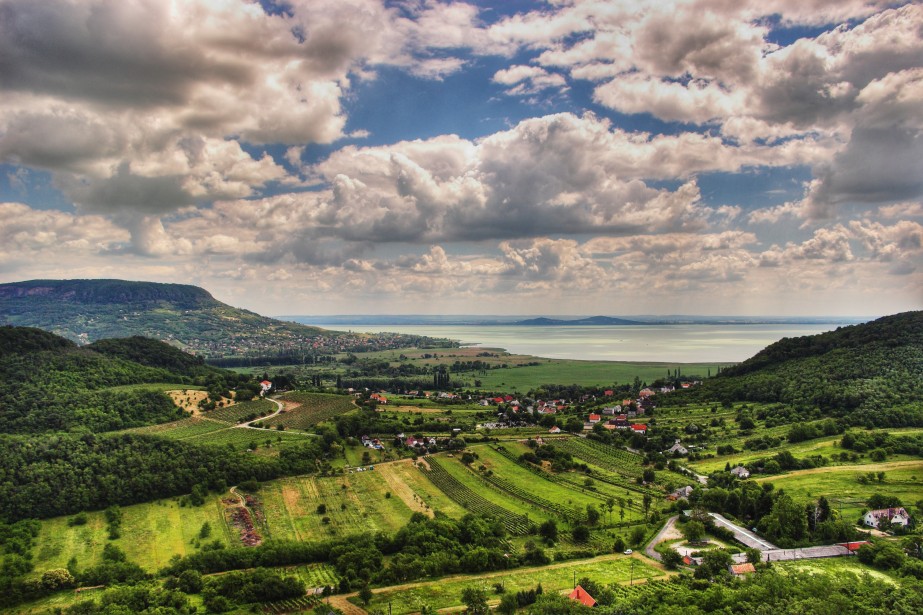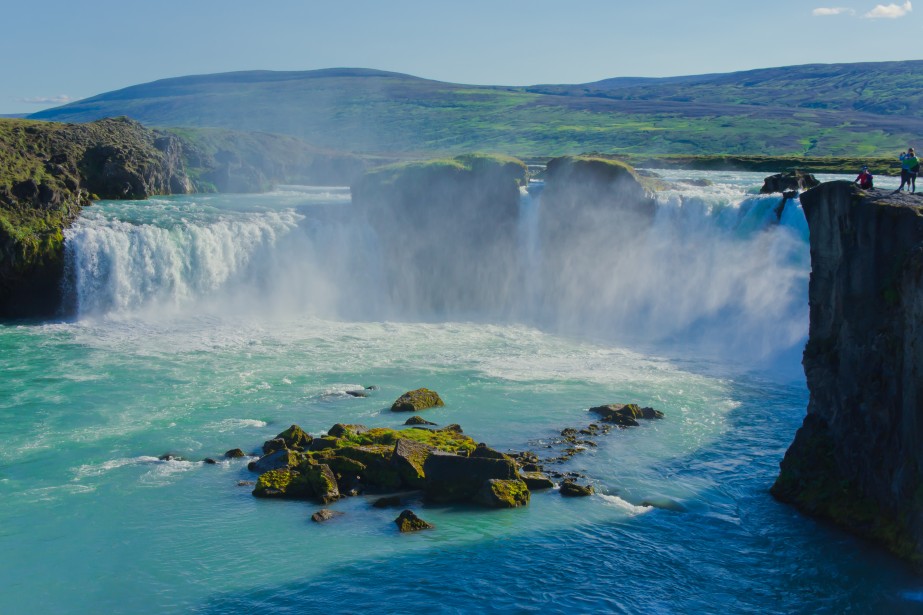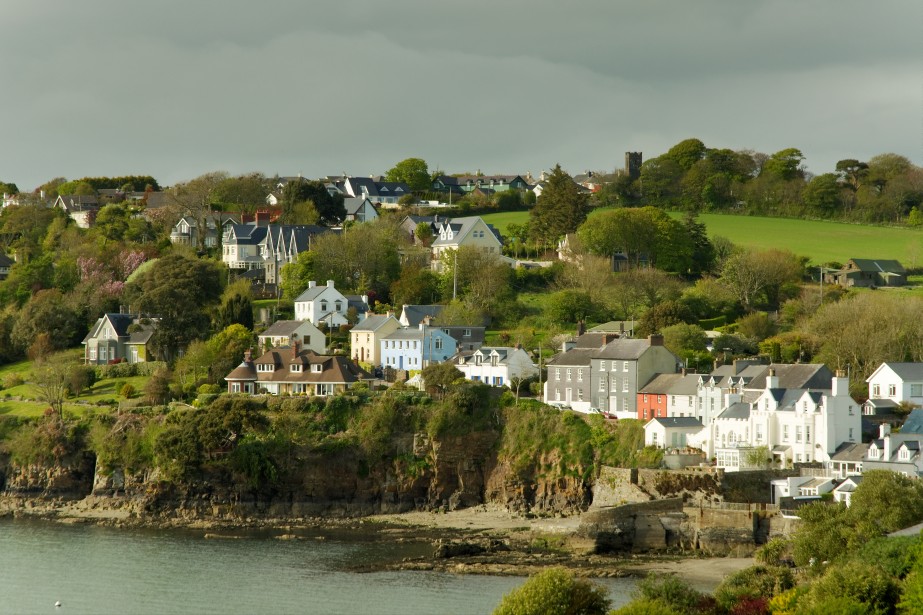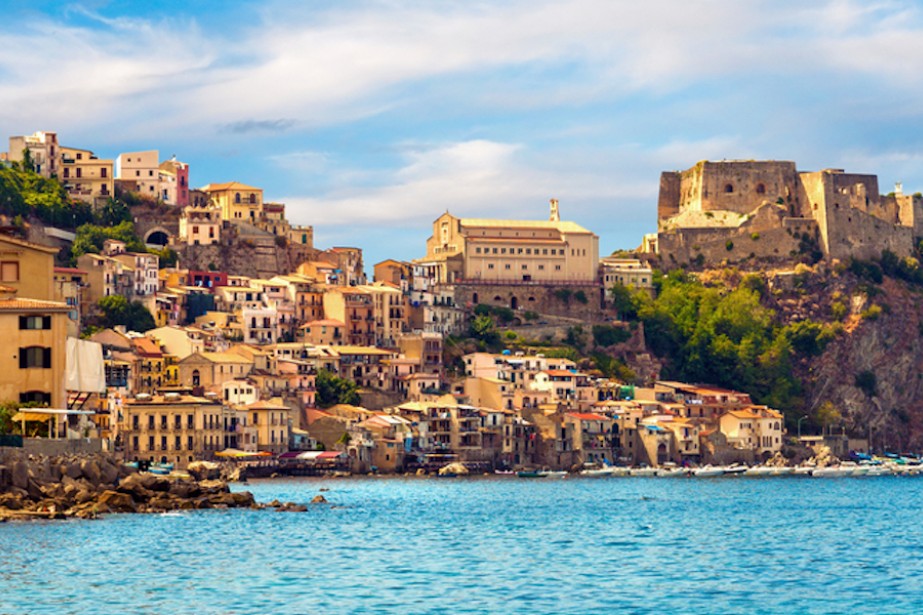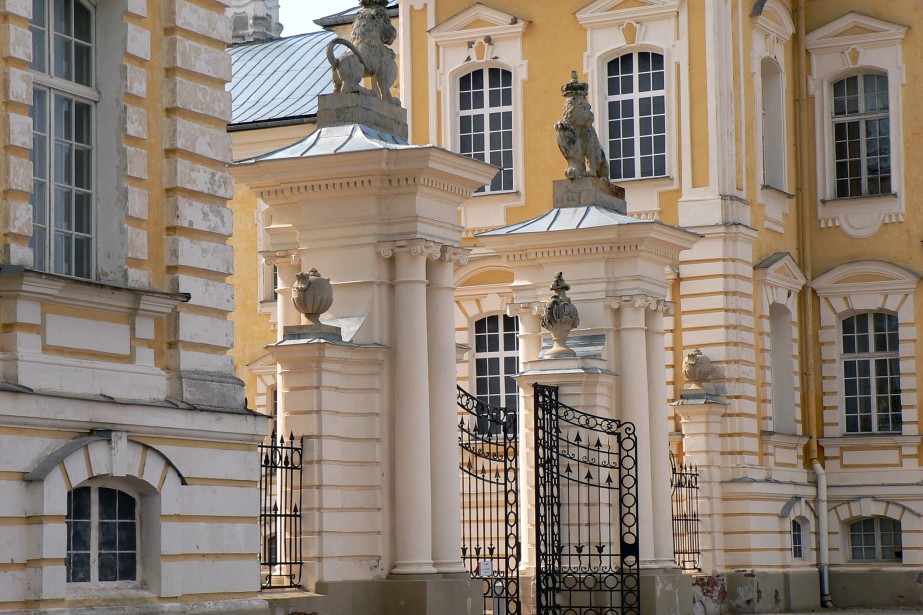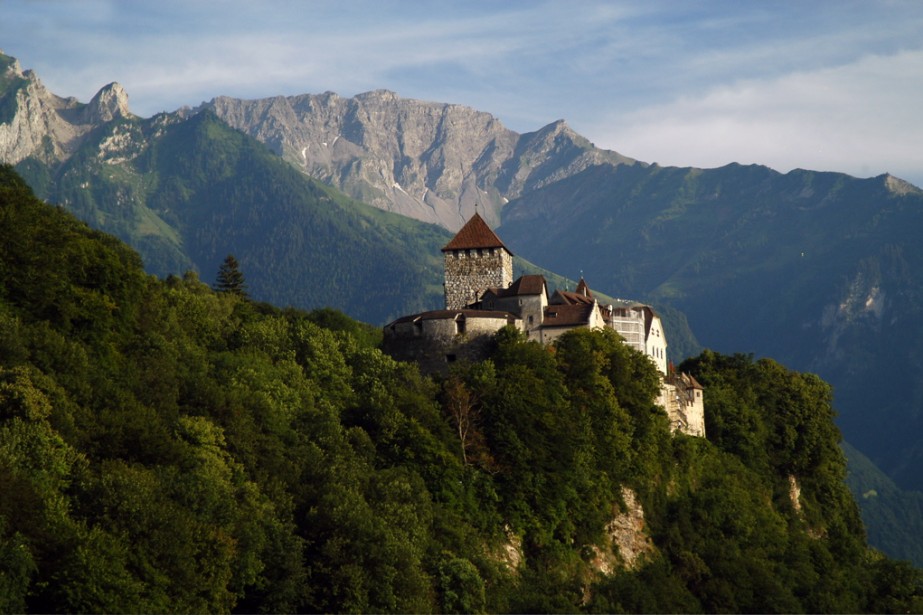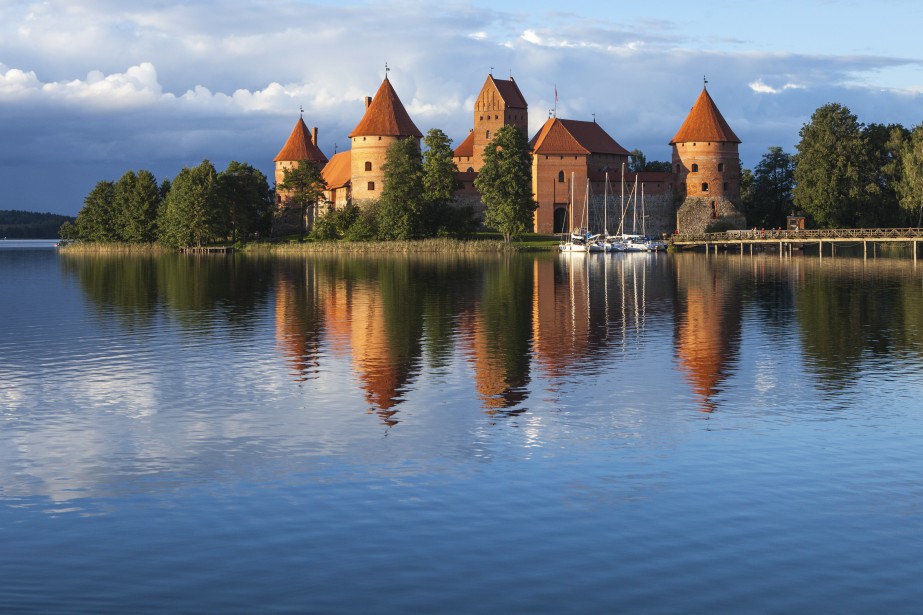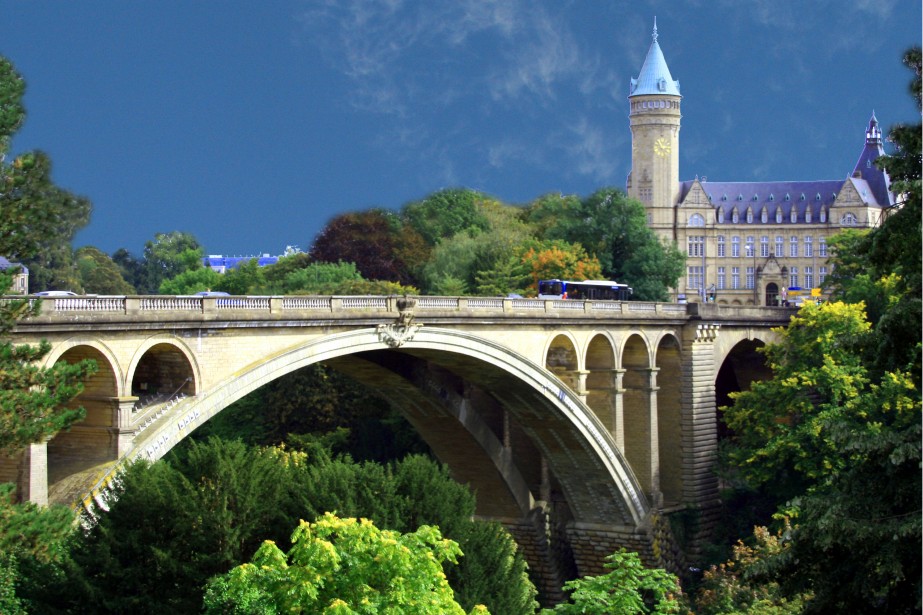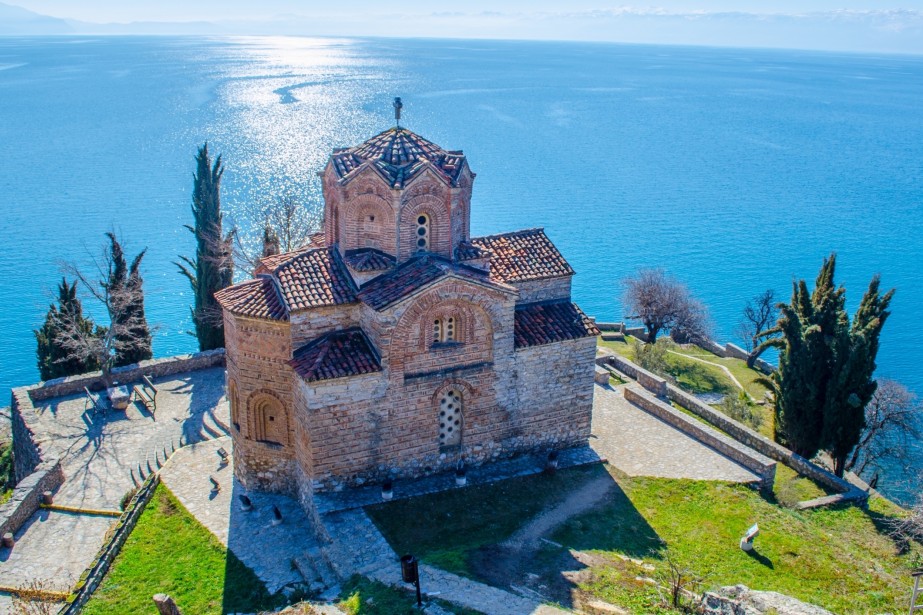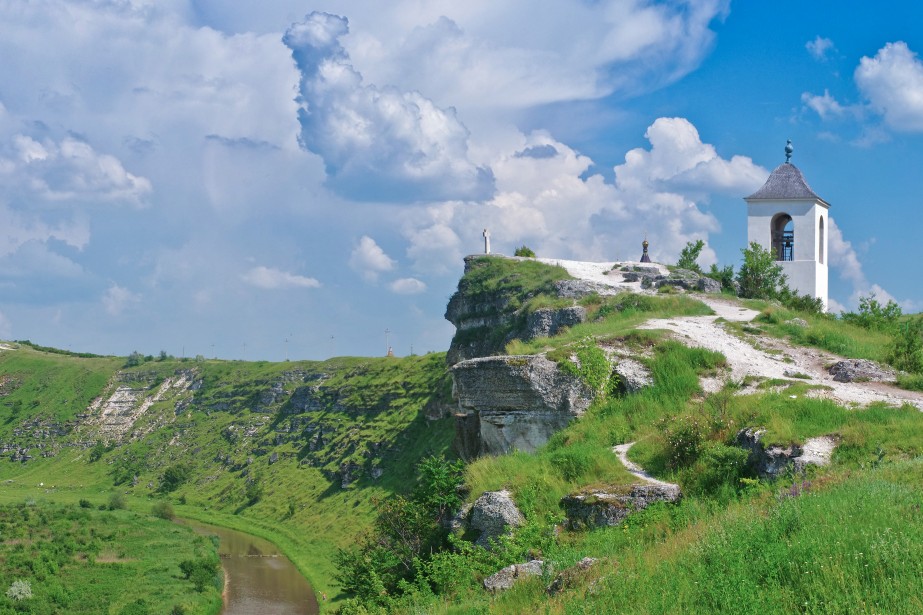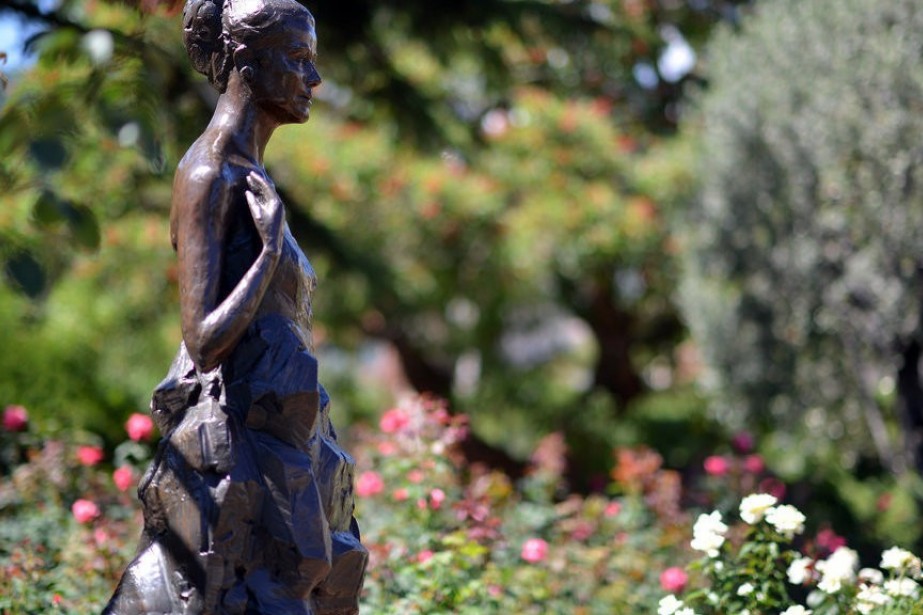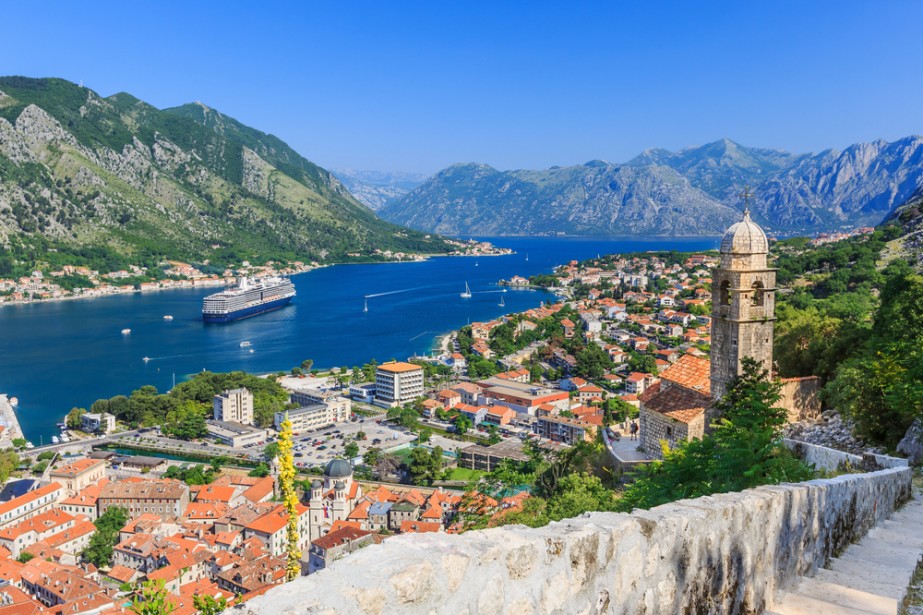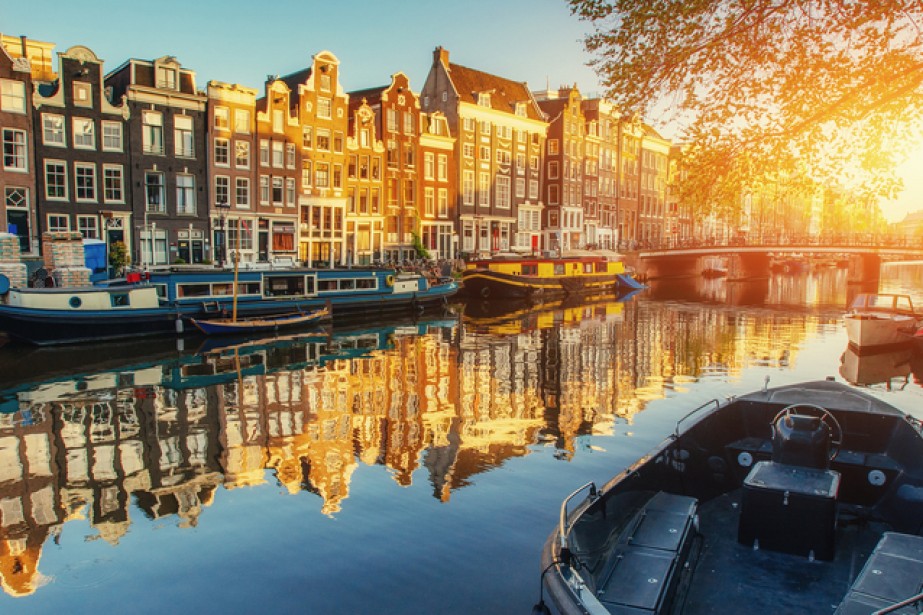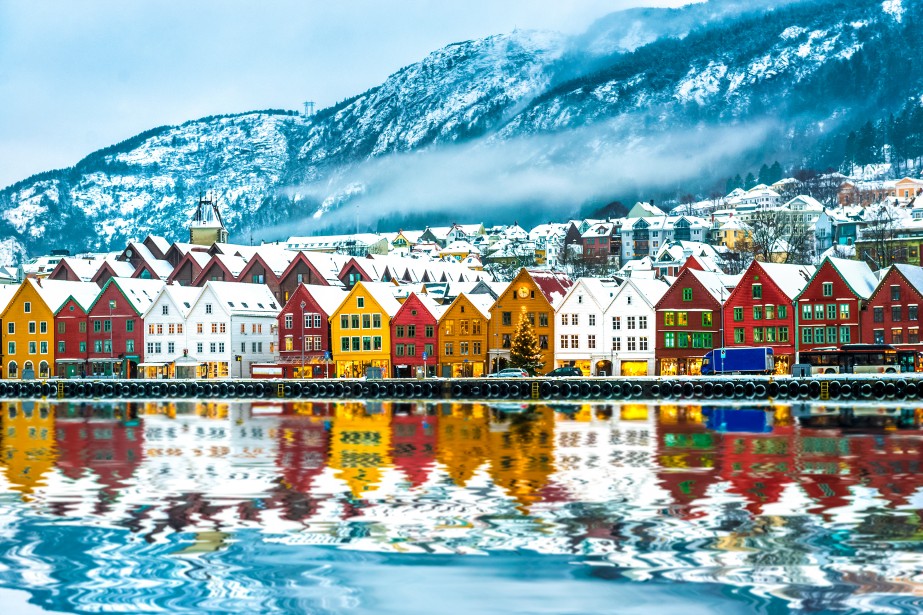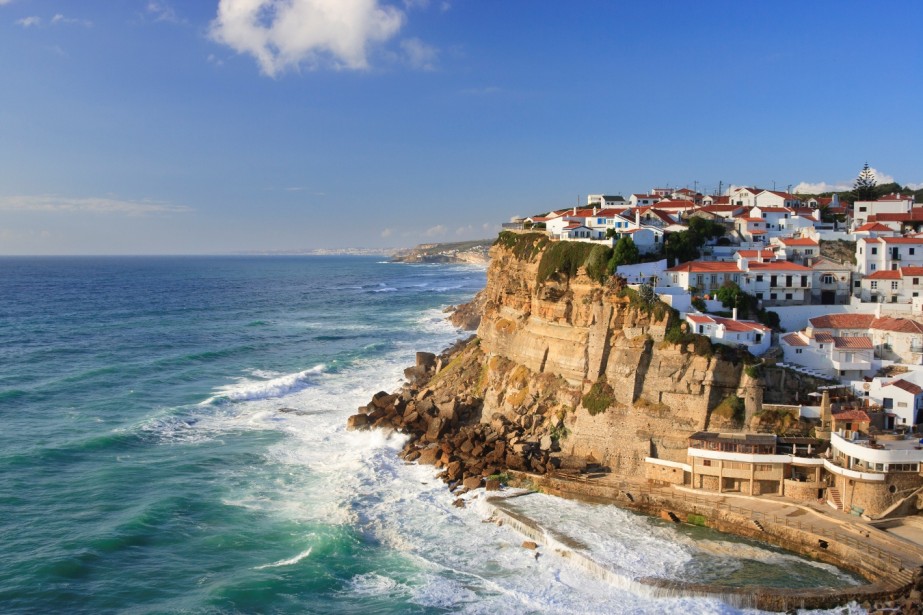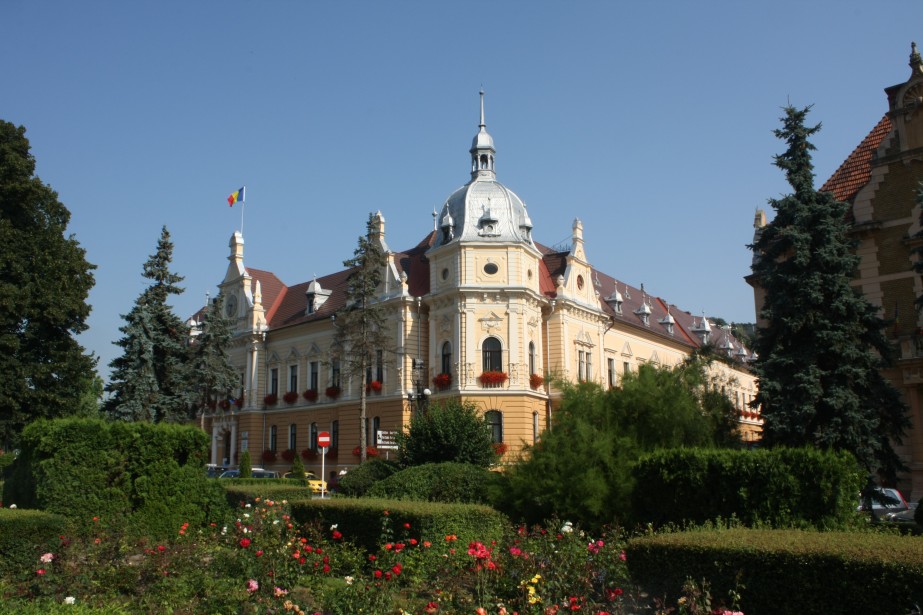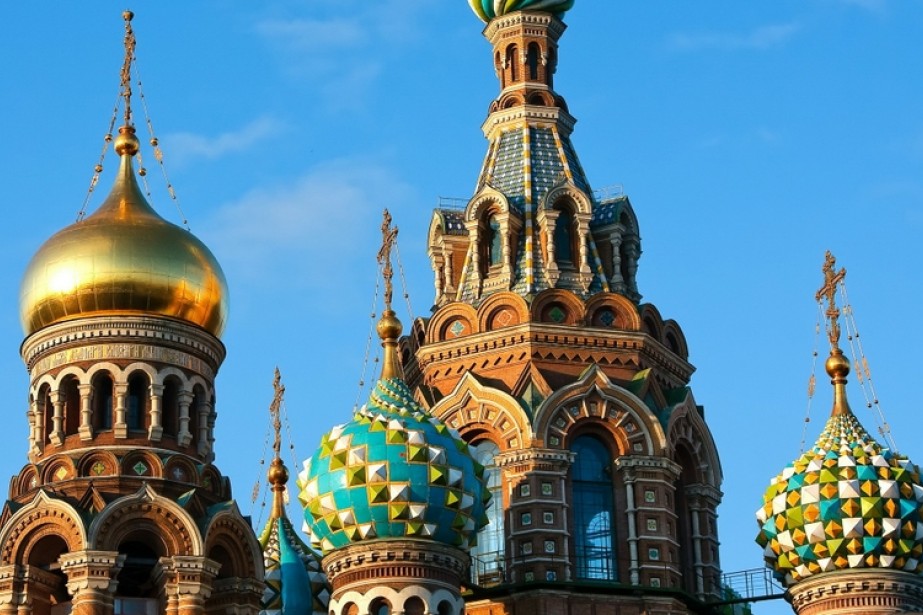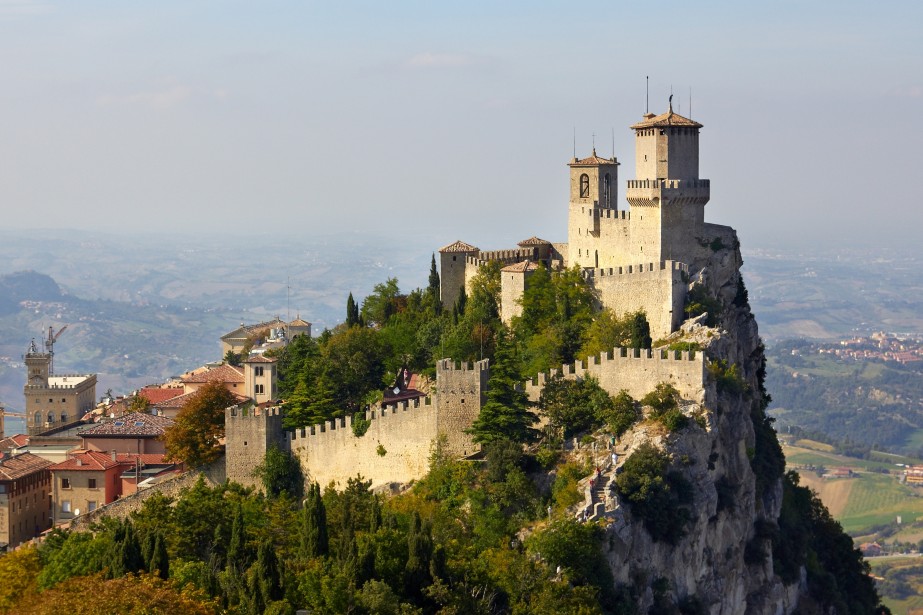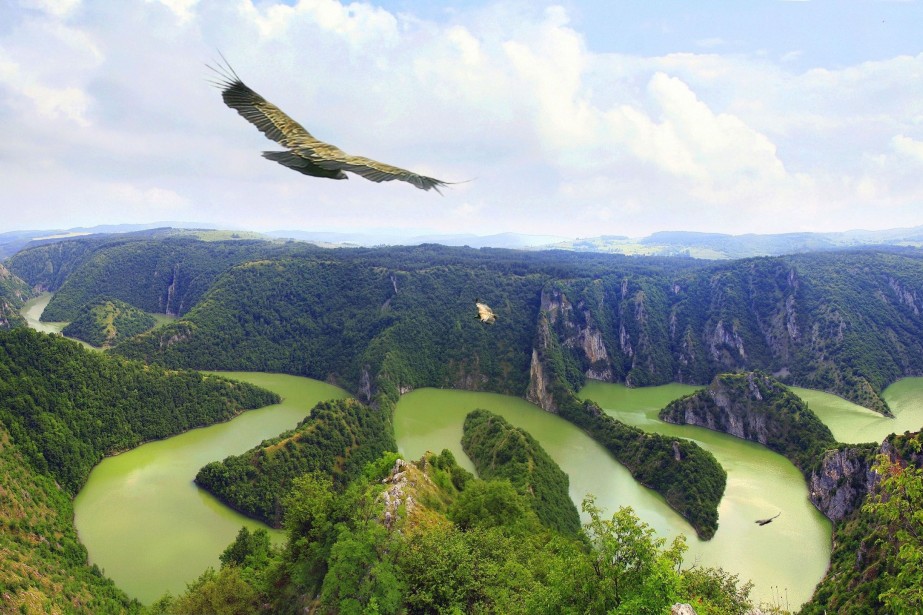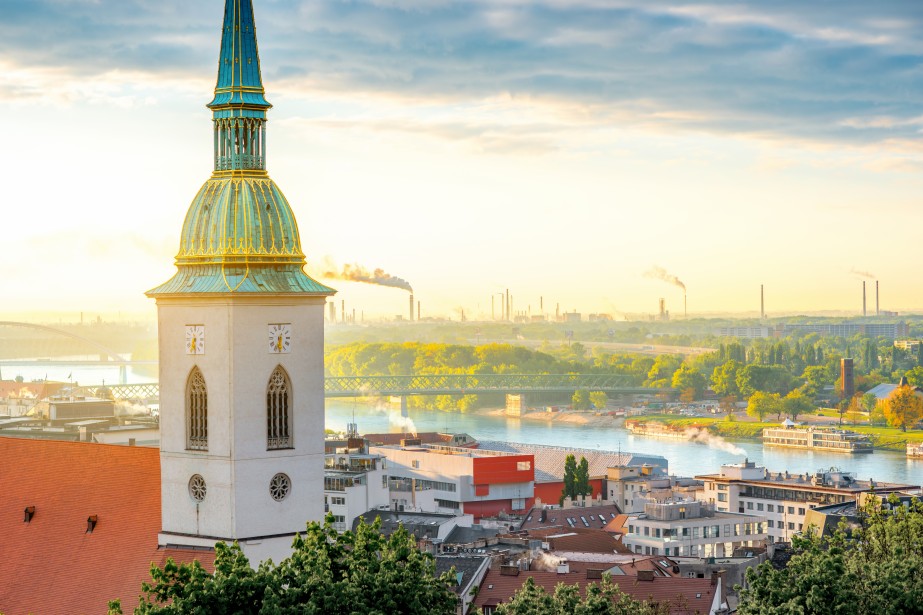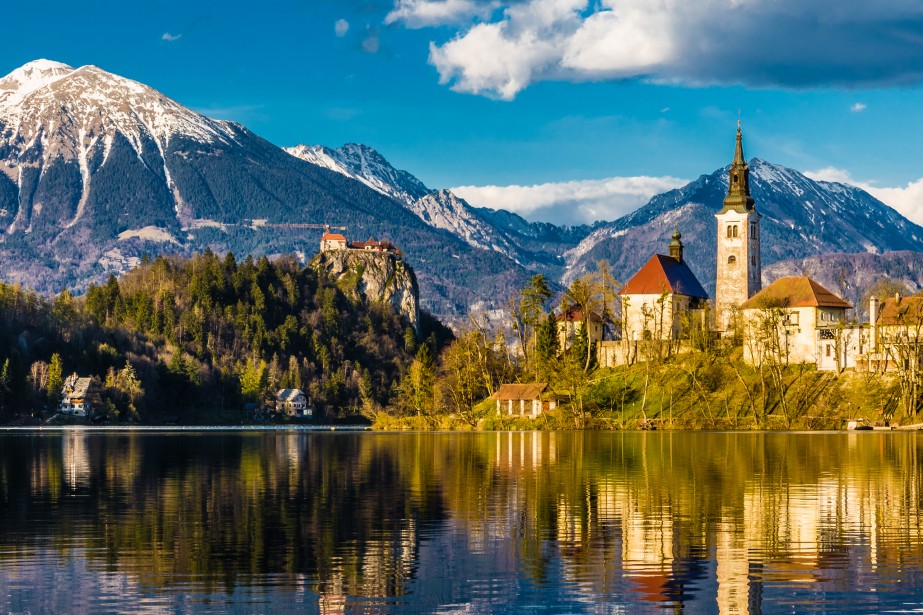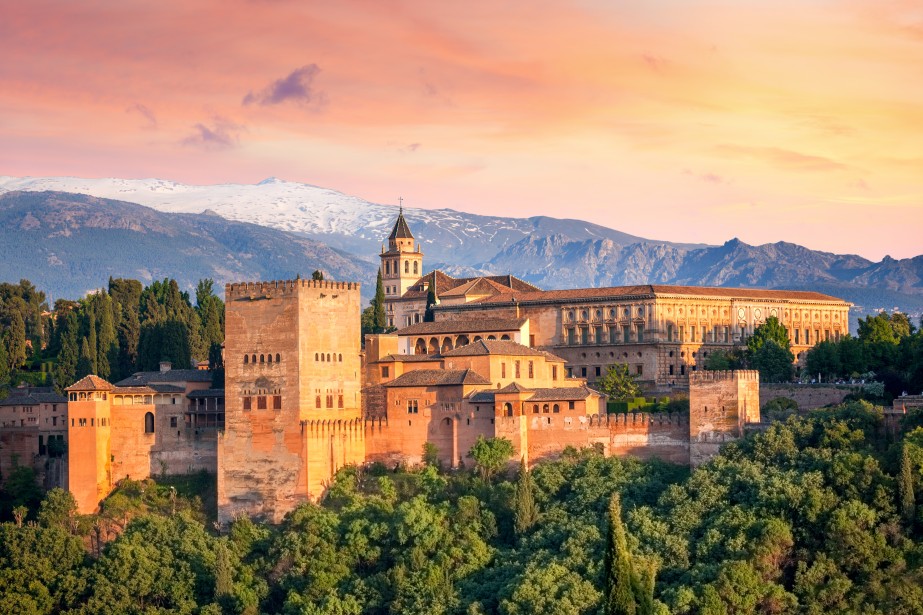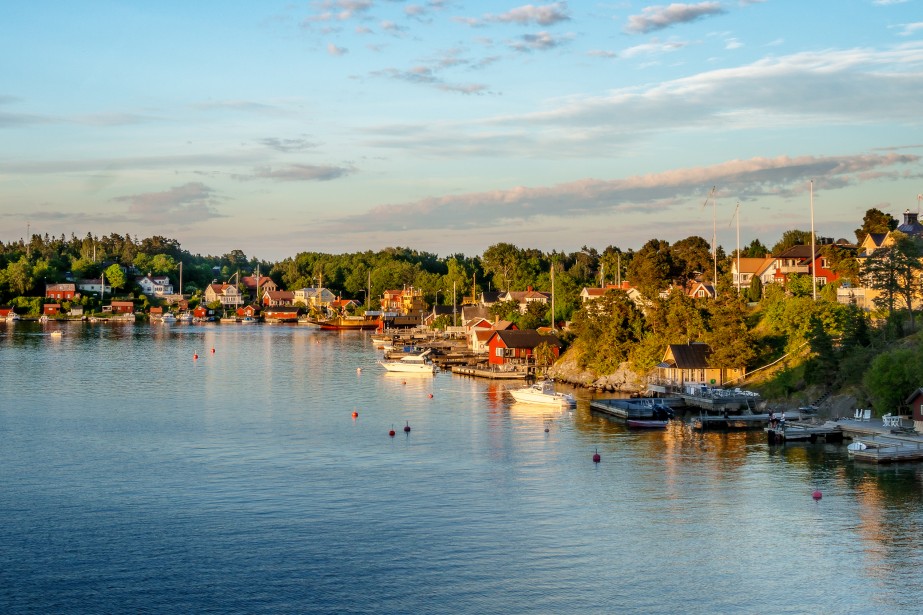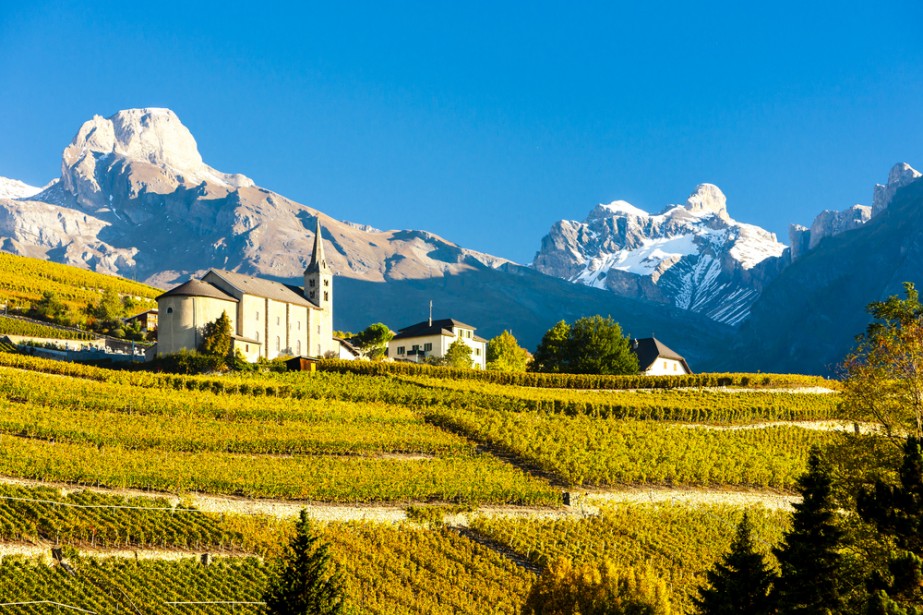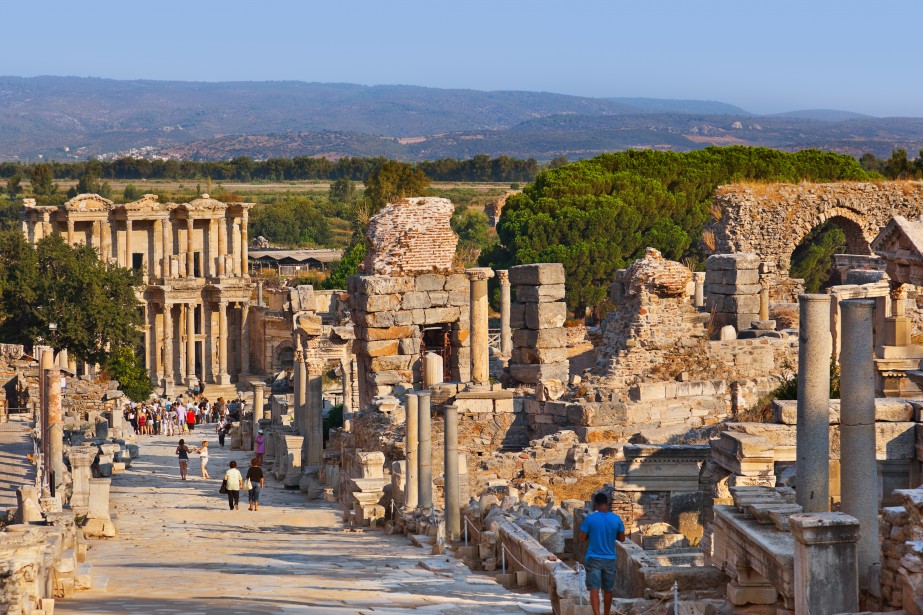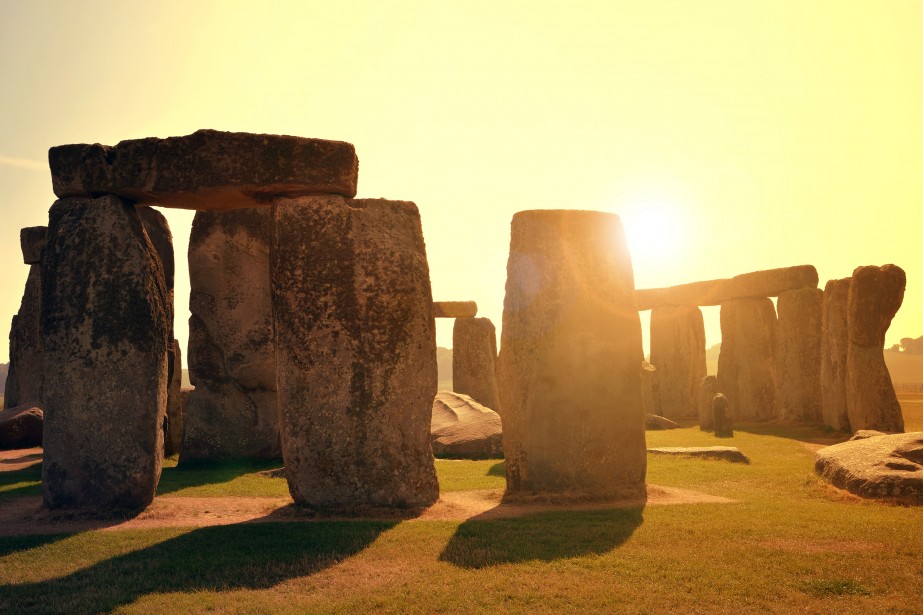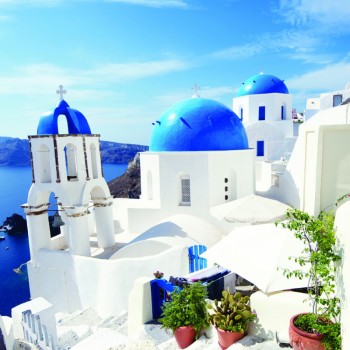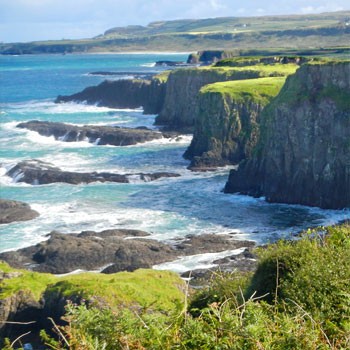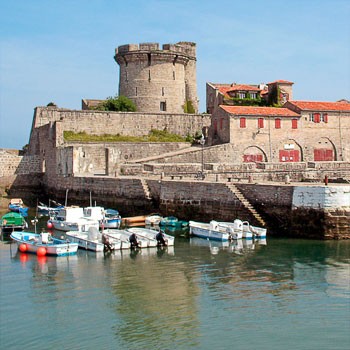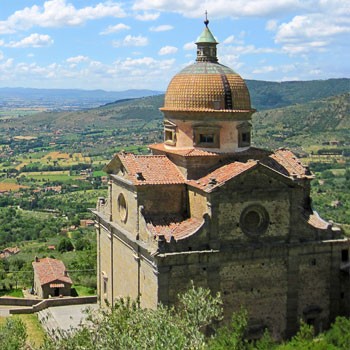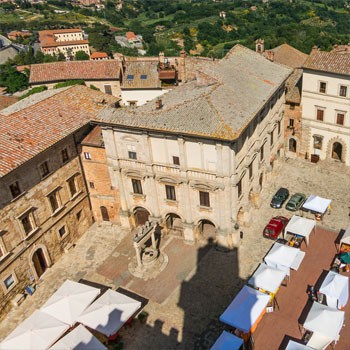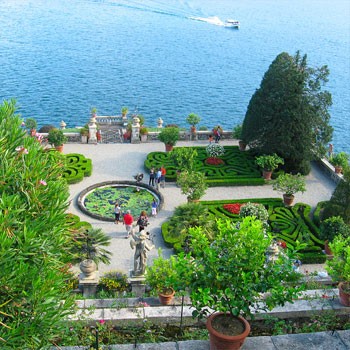Submitted by Claire Autruong on December 12, 2015
Overview
Russia is enormous. Its geographic size is well known—the largest country in the world stretches across two continents and shares borders with more than thirteen countries, covering more than 6.5 million square miles. Less immediately obvious is the enormity of Russia’s culture, the sheer depth of its history, and the long psychic reach of its institutions and influence.
For the traveler, Russia feels like many countries in one. The experience of traveling through Russia can hardly be summed up in a list of must-see destinations, as every region and distinct area of Russia has its own culture and its own list of must-sees. From the vast and sparsely populated steppes of the east to the urban centers of the west, there’s something for everyone in Russia.
Traveling in Russia often means the traveler must accept a certain level of physical and moral discomfort, especially outside major cities or tourist areas where creature comforts may be thinner and corruption and signs of political unrest may be more obvious. This happens to some degree with a lot of travel, and working to understand the complexities of Russia can help a traveler navigate the incongruities between what Russia has to offer a visitor and what it can be like as a Russian citizen.
Russia’s history as an established state dates all the way back to the 9th century, when the Varangian traders and warriors came over from the Baltic Sea and established the first East Slavic states of what became known as the Kievan Rus’. The Kievan Rus’ thrived up through the 11th and 12th centuries until the Mongol invasion in the 13th entury that left Kiev destroyed and half the Rus’ population dead. The invading Mongols became known as Tatars, a group whose influence is still felt in modern-day southern and central Russia.
Over the next centuries, the lands of modern-day Russia would see two powerful states rise after the destruction of the Kievan Rus’—the Grand Duchy of Moscow in the 14th and 15th centuries, and the Tsardom and later Empire of Russia in the 16th and 17th. Under the rulers of these two states, Russia’s stature in the world grew and it participated in numerous geopolitical conflicts as it enlarged its territorial holds over populations in the west and pushed eastward into Siberia in search of valuable ivory and furs.
The more recent history of Russia will be more well-known to travelers, including the Bolshevik Revolution of the early 20th century that ended the rule of the tsars, and the subsequent rise of Russian leaders Vladimir Lenin and later Josef Stalin. Reconciling all these long years of history is one of modern Russia’s particular challenges, especially finding the right tone in the cultural narrative to discuss Soviet history. Although the Soviet Union ceased to exist more than two decades ago, in a history spanning centuries, the fall of the Soviet Union feels very immediate in Russia.
Russia’s simplest geographic and cultural divide is that between east and west. In the starkest of terms, European Russia offers a traveler similar delights as other countries in Western and Eastern Europe—castles, urbane and urban cities, museums, shopping, nightlife, cultural activities, architecture, historically significant sites, all with a distinctly Russian flair. Eastern Russia turns at once wilder and more mysterious to the Western traveler, with the vast expanses of untamed land and previously unknown cultures a major draw for adventurous souls. Experienced travelers will be able to see far more nuanced geographic and cultural regions than just east and west, but for a novice visitor to Russia, picking a single region to fully experience for the first trip can be an effective way to begin what could be a lifetime of learning about the land and peoples of Russia.
When to Travel – Weather
Russia is beautiful in different ways all year round. The best time to visit Russia really depends on planned activities. For general sightseeing in larger cities or trekking through any Russian landscapes, spring and summer are generally the best times to visit. Temperatures in Russia can be quite pleasant during the summer, with July and August being the warmest months. This is generally also Russia’s peak travel season, and travelers can expect to encounter plenty of other tourists at major destinations.
During the fall months of September to October, tourist crowds will dissipate, which can make this shoulder season an attractive time to visit if travelers are not too concerned with experiencing the comparatively balmy temperatures of summer.
Winter can seem like a risky time to travel to Russia, but taking in the holiday season in a Russian city under a blanket of snow can be a magical experience. Although Siberian towns in the east can be brutal in the winter, winter sports enthusiasts find it a good time to visit.
Food and Drink
Like anything in Russia, it’s nearly impossible to neatly categorize or make overall statements about the varied regional cuisine. As a broad generalization, breakfasts usually consist of cold meats, bread, boiled eggs and tea. It’s also common for lunches of dinners to include some form of soup. In larger cities, travelers can experience any kind of international cuisine and enjoy a fine dining experience.
Russian specialties in western Russia share many elements with specialties throughout Eastern Europe, including:
Pelmeni – dumplings filled with combinations of meat or potatoes, similar to Polish pierogies
Borscht – a popular soup made with beetroot and sour cream
Blini – small pancakes topped with pickled fish, caviar and butter
Ponchiki – sugary donuts, served hot
When it comes to drinking, few countries in the world can compete with Russia. Drinking on the streets is customary and acceptable, and the national alcoholic drink of choice by far is vodka. Vodka comes in many varieties and brands, including types made with grass (zubrovka), steeped in rowan-tree berries (ryabinovka), aged (starka) and made with hot peppers (Pertsovka). Popular national brands include Stolichnaya and Standart.
Popular Vacation Spots
Moscow – The financial and political heart of Russia, Moscow has been a city for 860 years. The metropolitan city has played a central role in the Soviet Union and the modern-day Russian Republic, and signs of its immediate and ancient history abound as visitors take in imposing buildings of Soviet-era administration alongside symbols of the bygone Russian Empire.
The Red Square is the best-known area of Moscow and often the primary destination for visitors. The square’s sides are made up of St. Basil’s Cathedral, the State History Museum, the Kremlin and Lenin’s Mausoleum, all of them excellent tourist destinations in their own right.
St. Petersburg – A world-class city and the second largest in Russia, St. Petersburg is steeped in history and culture. Formerly known as Petrograd and later Leningrad, St. Petersburg is considered one of the most beautiful cities in the world. Everywhere visitors look will be another breathtaking building, bridge or historical site. The entire Historic Center of the city is on the list of UNESCO World Heritage sites.
The Hermitage Museum (formerly the Winter Palace of the ruling Romanov family) is one of the world’s great museums and a must-see in the Historic Center. The exhibits feature works by artists such as Michelangelo, Leonardo da Vinci and Rembrandt. Additional museums definitely worth the time are the Russian Museum (featuring Russian paintings and sculpture); and the Museum of Artillery, Combat Engineers and Signal Troops featuring a large collection of weapons from all the eras of Russian history.
One of the most famous symbols of St. Petersburg are the gilded and colorful spires of the Church of the Saviour on Spilled Blood, a traditional Russian church that stands on the spot of Tsar Alexander II’s 1881 assassination. Covered in elaborate and colorful mosaics, the church is one of the crown jewels of St. Petersburg, itself a crown jewel of Russia. Another can’t-miss church is the Our-Lady-of-Kazan Cathedral, an imposing neoclassical structure of Roman columns with an ornate interior.
Lake Baikal – One of the true natural marvels of the world, Lake Baikal is the world’s deepest and oldest freshwater lake, covering an area of more than 12,000 square miles and almost 400 miles in length alone. Located just north of the Mongolian border in Siberia, the lake makes an exciting destination for visitors looking for water recreation, wildlife tours and hiking in the summer, and ice-skating and dog sledding in the winter.
Practical Information
Russia uses the ruble (RUB), which is subdivided into units called kopeks, 100 per ruble. The currency is the first in the world to be based on decimals. US dollars and euros can be exchanged at any bank and throughout the airport.
A tourist visa is required for travel to Russia, and travelers should apply for the visa well ahead of the scheduled visit. Additionally, all passports must be valid for at least six months beyond the intended stay dates, and passports must have a minimum of two blank pages for the entry stamp. The U.S. passport renewal process can take time, so it’s best to start early.
It’s always a good idea to check any travel advisories before traveling anywhere. Although Russia is relatively secure and stable, its close proximity to many more volatile countries makes it paramount to check for any potential risks before entering the country.
Most people who regularly interact with tourists will speak some English, but most people in Russia do not. Be prepared to have a guidebook on hand for common phrases and rely on any English speakers to help. Remember that the Cyrillic will make it impossible to read most street signs or write down destinations for taxi drivers without assistance.
Russia Travel with Trusted Adventures
> Find Activities in Europe and Asia

